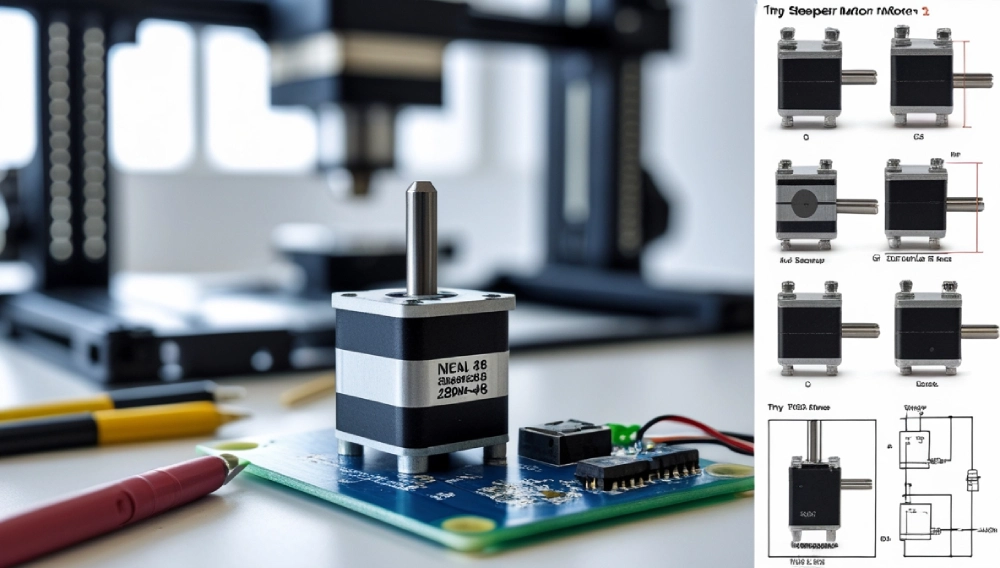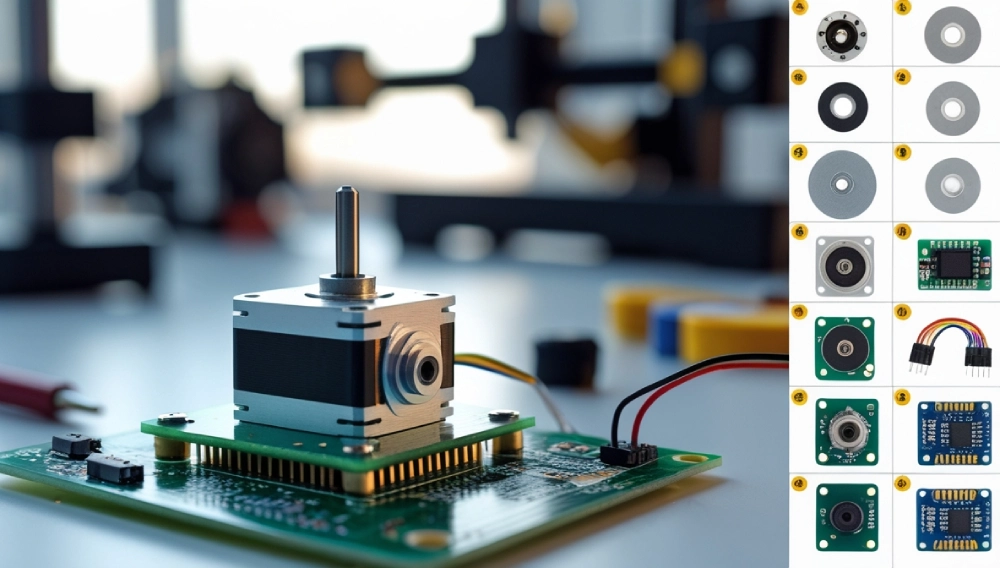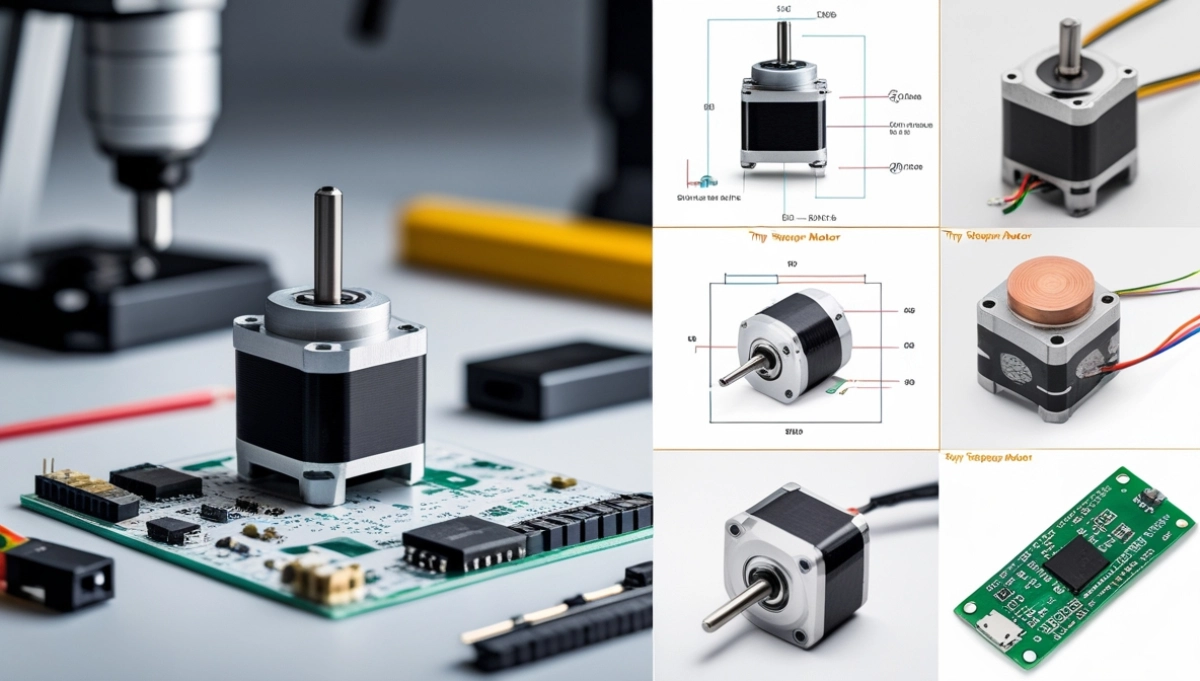What Are Tiny Stepper Motors?
Imagine building a pocket-sized robot or a mini 3D printer—every millimeter counts. That’s where tiny stepper motors shine! These compact motors, often no larger than a matchbox, deliver precise control in tight spaces. Whether you’re a hobbyist crafting a micro drone or an engineer designing a medical device, tiny stepper motors offer the accuracy and reliability you need. Let’s explore how these miniature marvels work, where they’re used, and how to harness their power!
Understanding Tiny Stepper Motors
How Do They Work?
Like their larger cousins, tiny stepper motors move in fixed “steps” (e.g., 1.8° per step). Each step is triggered by an electronic pulse, allowing exact control without feedback. Think of them as the “inchworms” of motors—small, steady, and precise.
Why Go Tiny?
- Space-Saving: Fit into gadgets where every mm matters.
- Energy-Efficient: Sip power, perfect for battery-operated devices.
- Silent Operation: Great for noise-sensitive projects like cameras.
Technical Specs: Small Size, Big Performance
Here’s what to expect from a typical miniature stepper motor:
| Specification | Example |
| Size | 20mm x 30mm (NEMA 8 frame) |
| Voltage | 5V–12V |
| Step Angle | 1.8° (200 steps/revolution) |
| Torque | 0.1 N·m (≈14 oz·in) |
| Weight | 50–100 grams |

Fun Fact: Some models are smaller than a thumb drive!
Where Are Tiny Stepper Motors Used?
From labs to living rooms, these motors are everywhere:
- Mini CNC Machines: Carve intricate designs on wood or plastic.
- Camera Sliders: Capture smooth, cinematic shots.
- Medical Devices: Control drug dosages in insulin pumps.
- Robotics: Power joints in mini robot arms.
- DIY Clocks: Drive hour/minute hands with silent precision.
How to Wire and Control a Tiny Stepper Motor
Step 1: Gather Your Gear
- Motor (e.g., 28BYJ-48).
- Driver (e.g., ULN2003 for unipolar motors).
- Microcontroller (Arduino, Raspberry Pi).

Step 2: Connect the Wires
- Motor to Driver: Match coil wires (use a multimeter to find pairs).
- Driver to Arduino: Link IN1–IN4 pins to digital pins 8–11.
- Power Up: Use a 5V USB or 9V battery.
Choosing the Right Motor for Your Project
Ask yourself:
- How much torque do I need?
- Light loads (e.g., clock hands): 0.05 N·m.
- Medium loads (e.g., camera sliders): 0.1 N·m+.
- What’s my power source?
- USB-powered? Stick to 5V motors.
- Do I need silence?
- Opt for motors with microstepping drivers.
learn more in NEMA stepper motor standards
Maintenance and Troubleshooting Tips
- Overheating? Reduce current or add a heat sink.
- Skipping Steps? Check wiring and increase voltage.
- No Movement? Test the driver with a different motor.
FAQs: Quick Answers to Tiny Motor Queries
No—they’re built for precision, not power. Use larger motors for heavy loads.
Yes! Use a driver like A4988 and Python libraries.
Thousands of hours with proper care (keep dust-free, avoid overloads).
The 28BYJ-48 (under $5) is a hobbyist favorite
Conclusion: Think Small, Create Big!
Tiny stepper motors prove that great things come in small packages. Whether you’re automating a desk toy or prototyping a medical device, these motors offer the precision and compactness modern tech demands. Start small, experiment boldly, and watch your mini marvels come to life!
Author Bio:
Uthshab is a robotics engineer with 8+ years of experience in micro-motor design. She’s passionate about empowering makers to turn big ideas into tiny realities.


3 thoughts on “Tiny Stepper Motors: Compact Precision for Small-Scale Projects| Where to Buy”